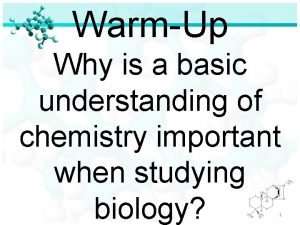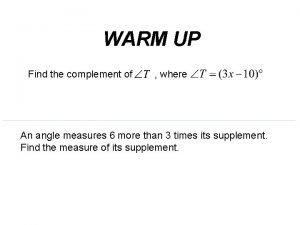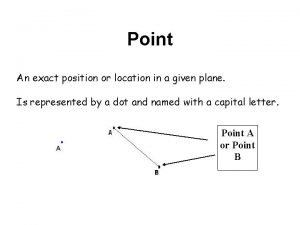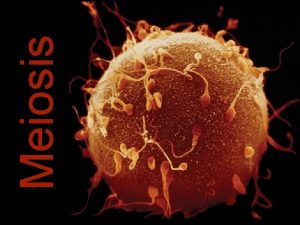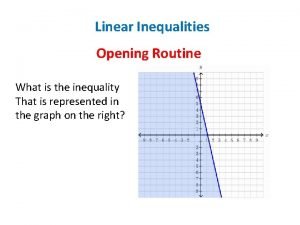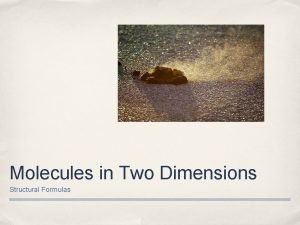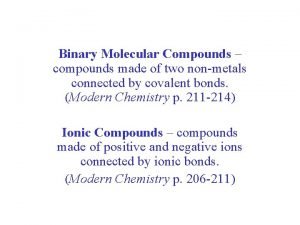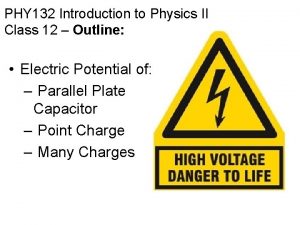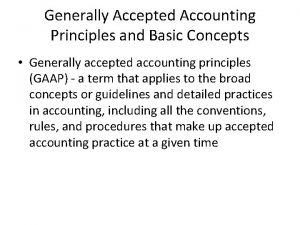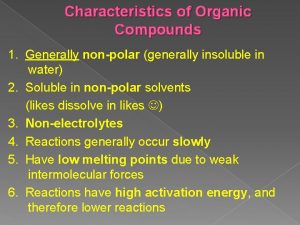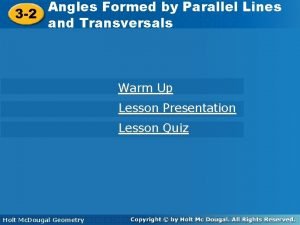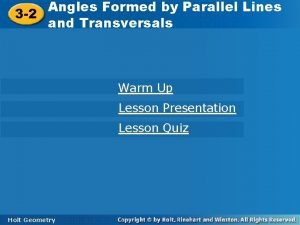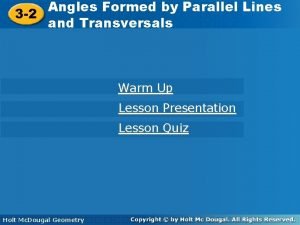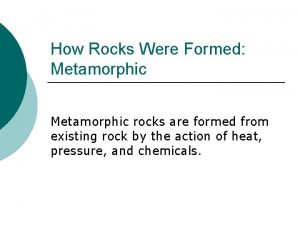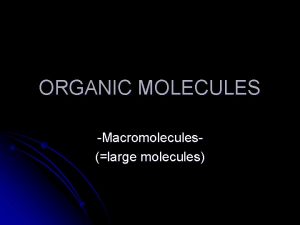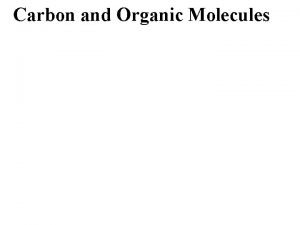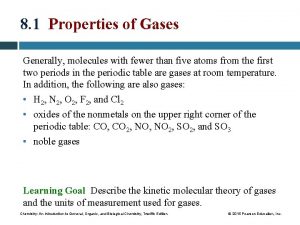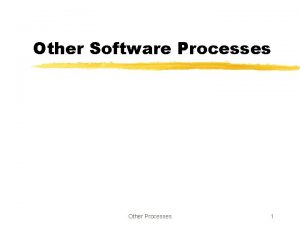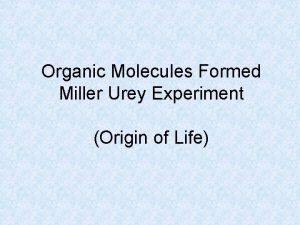How molecules are formed generally two other molecules
























- Slides: 24

How molecules are formed: generally two other molecules react

How molecules are formed: generally two other molecules react What factors are involved?

Molecule R Molecule S

Molecule R Joined through atoms r and s Molecule S

Molecule R Joined through atoms r and s Molecule Makes a supermolecule S

The possible interactions Molecule R Joined through atoms r and s Molecule Makes a supermolecule S

Molecule R Joined through atoms r and s Molecule Lets look at FMO concepts L H Makes a supermolecule S

Orbital Control Molecule R Joined through atoms r and s Molecule Lets look at FMO concepts S L H One gets preferential interaction between frontier orbitals closest in energy

Molecule R Joined through atoms r and s Molecule Lets look at FMO concepts L H If there is substantial energy difference S

Reactions are governed by charge control Molecule R Joined through atoms r and s Molecule L H If there is substantial energy difference S

Hard and Soft Acid Base Theory

Hard and Soft Acid Base Theory Charge control involves small, polarizable electron donors and acceptors

Hard and Soft Acid Base Theory Charge control involves small, polarizable electron donors and acceptors Large atoms with little or no charge almost unsovated and readily polarized

Relationship between hardness and electronegativity

Relationship between hardness and electronegativity Electronegativity = = (I + A)/2

Relationship between hardness and electronegativity Electronegativity = = (I + A)/2 Hardness = = (I-A)/2

Relationship between hardness and electronegativity I = E HOMO Electronegativity = = (I + A)/2 Hardness = = (I-A)/2 A = E LUMO

Relationship between hardness and electronegativity I = E HOMO Electronegativity = = (I + A)/2 Hardness = = (I-A)/2 A = E LUMO Thus, we see the useful relationship of hardness to FMO theory.

Thermochemical Data Bond energies (Homolytic) C-H C-C C-O C-Cl C-Br C-I 99 kcal/mol 83 86 79 66 52

Thermochemical Data Bond energies (Homolytic) C-H C-C C-O C-Cl C-Br C-I 99 kcal/mol 83 86 79 66 52

Thermochemical Data Bond energies C-H C-C C C 99 kcal/mol 83 143 194

Thermochemical Data Bond energies Try to know some trends:


 Insidan region jh
Insidan region jh Two nonadjacent angles formed by two intersecting lines
Two nonadjacent angles formed by two intersecting lines Two nonadjacent angles formed by 2 intersecting lines
Two nonadjacent angles formed by 2 intersecting lines How molecules are formed
How molecules are formed Bead like structures formed by dna and histone molecules
Bead like structures formed by dna and histone molecules Organic molecules vs inorganic molecules
Organic molecules vs inorganic molecules Molecules slide past each other
Molecules slide past each other M
M A linear pair whose vertex is f
A linear pair whose vertex is f Angles directly across from each other
Angles directly across from each other Diagram that shows the process of mitosis and meiosis
Diagram that shows the process of mitosis and meiosis Inequality vocabulary
Inequality vocabulary Types of positions
Types of positions Molecules in two dimensions structural formulas
Molecules in two dimensions structural formulas Binary molecular (covalent) compounds are made of two
Binary molecular (covalent) compounds are made of two A point indicates a location and has no size
A point indicates a location and has no size Two protons one after the other are launched
Two protons one after the other are launched Heights and distances
Heights and distances Contact vs non contact forces
Contact vs non contact forces Electrostatic force explanation
Electrostatic force explanation Friction
Friction Snmp uses tcp or udp
Snmp uses tcp or udp Snmp uses two other protocols
Snmp uses two other protocols Objects communicate with one another by using
Objects communicate with one another by using Great gatsby chapter 1 summary
Great gatsby chapter 1 summary



